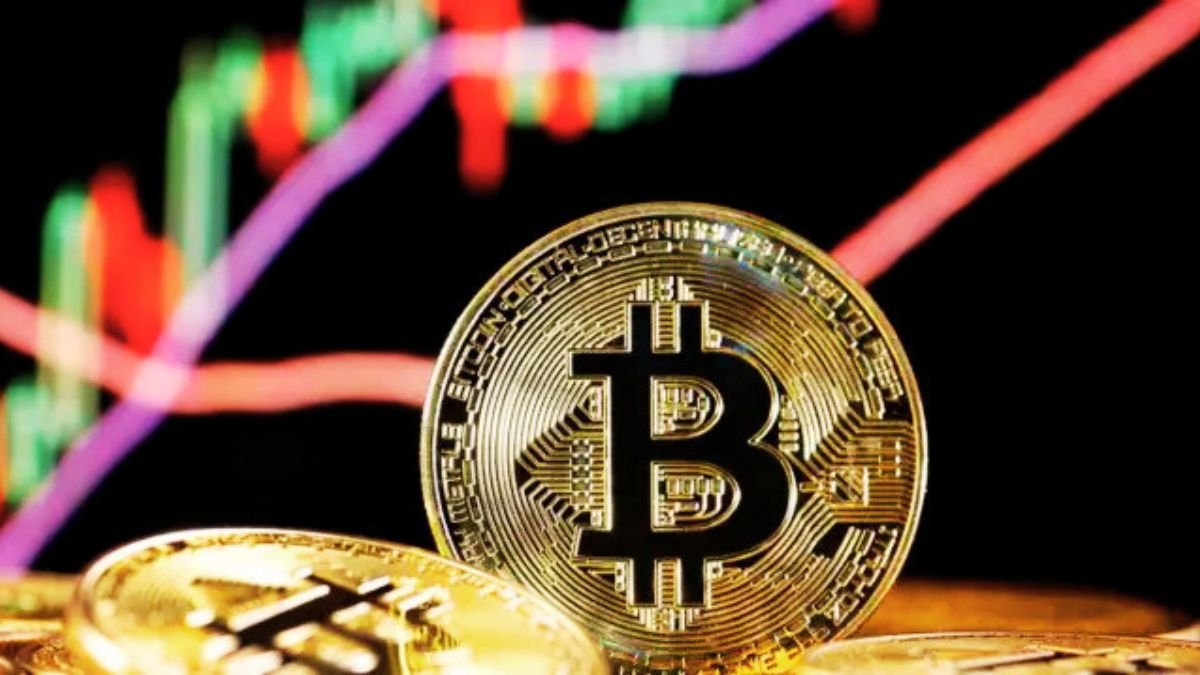
A much-anticipated summit between the presidents of the United States and Russia concluded without a definitive ceasefire agreement for the ongoing conflict in Ukraine. The high-stakes meeting, held on U.S. soil for the first time in nearly a decade, was closely watched by global observers and financial markets alike.
While the primary goal of a ceasefire was not achieved, both leaders struck a cautiously optimistic tone in their public statements. U.S. President Donald Trump noted that the two sides had “made some great progress” and agreed on “many, many points.” His Russian counterpart, Vladimir Putin, described the talks as a “starting point,” despite acknowledging that the relationship between the two nations had deteriorated to its “lowest point since the Cold War.”
Ahead of the talks, Ukrainian President Volodymyr Zelenskyy expressed concern that his country was not represented, emphasizing the need for Ukraine to be at the negotiating table. He stressed Ukraine’s readiness to “work as productively as possible to bring the war to an end” and the importance of a “strong position from America.” European leaders also echoed the sentiment that the people of Ukraine must be free to decide their own future.
Financial analysts had predicted significant volatility in the cryptocurrency market, particularly as the summit concluded after the close of Wall Street. Major geopolitical events are often triggers for sharp price swings in digital assets, which are sensitive to global instability.
However, the crypto market demonstrated notable stability. Bitcoin, which had seen a significant price drop the day before due to a hotter-than-expected U.S. Producer Price Index (PPI) report, did not experience a further nosedive following the summit’s inconclusive result. The inflation data had previously caused Bitcoin to fall from an all-time high of over $124,000 to below $118,000. In the hours following the presidential meeting, Bitcoin’s price stabilized, holding firm and even showing signs of recovery.
The muted market reaction suggests that traders may have already priced in the likelihood of a non-decisive outcome. The earlier drop, spurred by macroeconomic data, had a more significant impact than the geopolitical discussions, highlighting the crypto market’s sensitivity to economic indicators that could influence monetary policy. While the path to peace in Ukraine remains uncertain, the digital asset market appears to be navigating the complex interplay of global politics and economic pressures with a newfound steadiness.





